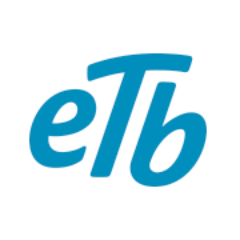nbn ("new broadband network") Australia requests "information from suitably qualified and experienced entities to be part of its Deep Packet Inspection (DPI) initiative.
The scope of the initiative is to implement a solution that will enable nbn to enhance its capacity planning, offer new services and improve congestion management. The solution will perform the following:
- Collection of statistics for a wide range of applications and protocols.
- Collection of statistics related to active flows, data consumption and data trending.
- Enforcement of a wide range of policies based on the collected information
- Automatic triggering of policies based on a wide range of criteria and thresholds.
 |  |
 |  |
















































